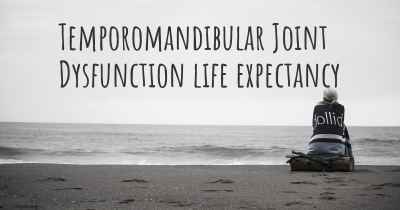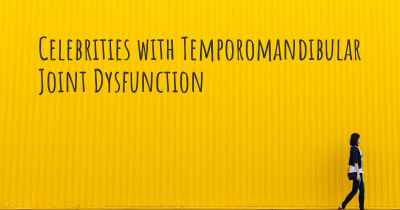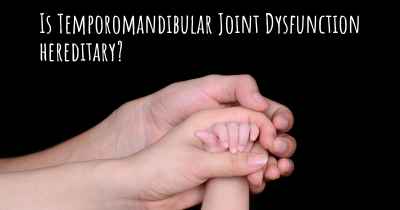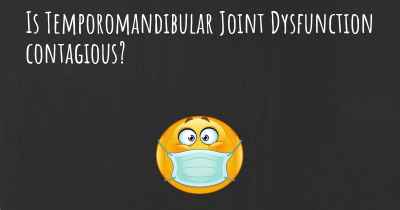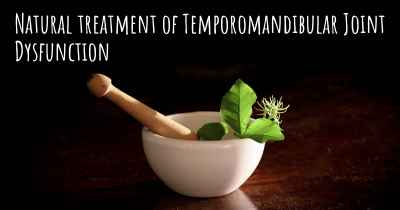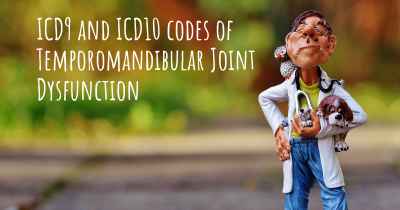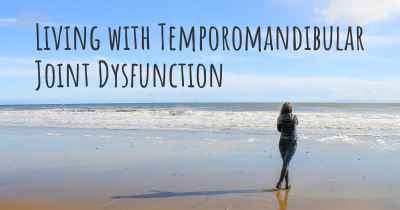How is Temporomandibular Joint Dysfunction diagnosed?
See how Temporomandibular Joint Dysfunction is diagnosed. Which specialists are essential to meet, what tests are needed and other useful information for the diagnosis of Temporomandibular Joint Dysfunction
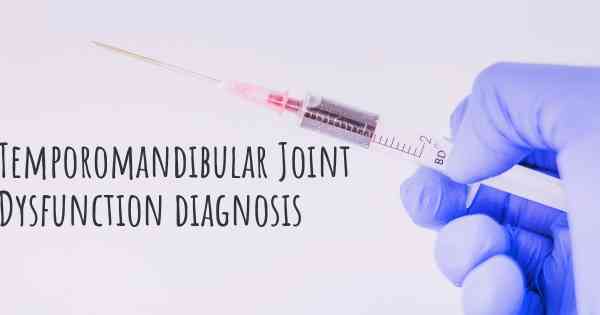
Diagnosis of Temporomandibular Joint Dysfunction (TMJ)
Temporomandibular Joint Dysfunction (TMJ) is a condition that affects the jaw joint and the surrounding muscles. It can cause pain, discomfort, and difficulty in performing everyday activities like eating and speaking. Diagnosing TMJ involves a comprehensive evaluation of the patient's symptoms, medical history, and physical examination. In some cases, additional tests may be required to confirm the diagnosis and determine the underlying cause of the dysfunction.
Medical History
The first step in diagnosing TMJ is taking a detailed medical history. The healthcare provider will ask the patient about their symptoms, including the location, duration, and intensity of pain, as well as any triggering factors or associated symptoms. They will also inquire about any previous injuries or surgeries related to the jaw or face, as well as any relevant medical conditions or medications. This information helps the healthcare provider understand the patient's overall health and identify potential risk factors for TMJ.
Physical Examination
During the physical examination, the healthcare provider will assess the patient's jaw joint, muscles, and surrounding structures. They will observe the patient's jaw movements, looking for any limitations, deviations, or clicking/popping sounds. They may also palpate the jaw joint and muscles to check for tenderness, swelling, or abnormalities. The provider may evaluate the patient's bite and occlusion to identify any dental or skeletal issues that could contribute to TMJ symptoms.
Diagnostic Imaging
In some cases, diagnostic imaging may be necessary to further evaluate the TMJ and rule out other possible causes of the symptoms. The most commonly used imaging techniques for TMJ include:
- X-rays: X-rays can provide detailed images of the bones and joints, helping to identify any structural abnormalities or degenerative changes in the TMJ.
- Magnetic Resonance Imaging (MRI): MRI uses powerful magnets and radio waves to create detailed images of the soft tissues, including the muscles, ligaments, and discs in the TMJ. It can help visualize any inflammation, disc displacement, or other soft tissue abnormalities.
- Computed Tomography (CT) Scan: CT scans provide cross-sectional images of the TMJ, allowing for a more detailed assessment of the bony structures. They are particularly useful in detecting fractures, tumors, or severe degenerative changes.
Specialized Tests
In some cases, specialized tests may be performed to gather more information about the TMJ dysfunction. These tests can help assess the function and movement of the jaw joint, as well as identify any specific issues that may be contributing to the symptoms. Some common specialized tests for TMJ include:
- Arthroscopy: Arthroscopy involves inserting a small camera into the TMJ to visualize the joint directly. It allows for a detailed examination of the joint structures and can be used to diagnose and treat certain TMJ conditions.
- Electromyography (EMG): EMG measures the electrical activity of the muscles involved in jaw movement. It can help identify muscle imbalances, spasms, or abnormal muscle activity that may contribute to TMJ symptoms.
- Joint Vibration Analysis (JVA): JVA measures the vibrations produced by the TMJ during jaw movement. It can provide information about the joint's condition and function, helping to diagnose TMJ disorders.
Referral to Specialists
In complex cases or when the diagnosis is uncertain, the healthcare provider may refer the patient to a specialist, such as a dentist specializing in TMJ disorders (TMJ specialist or orofacial pain specialist), an oral and maxillofacial surgeon, or a rheumatologist. These specialists have advanced training and expertise in diagnosing and treating TMJ dysfunction and can provide further evaluation and management options.
Conclusion
Diagnosing TMJ involves a thorough evaluation of the patient's symptoms, medical history, and physical examination. Additional tests, such as imaging or specialized tests, may be necessary to confirm the diagnosis and determine the underlying cause of the dysfunction. A multidisciplinary approach involving healthcare providers with expertise in TMJ disorders can ensure an accurate diagnosis and appropriate treatment plan for individuals with TMJ dysfunction.
